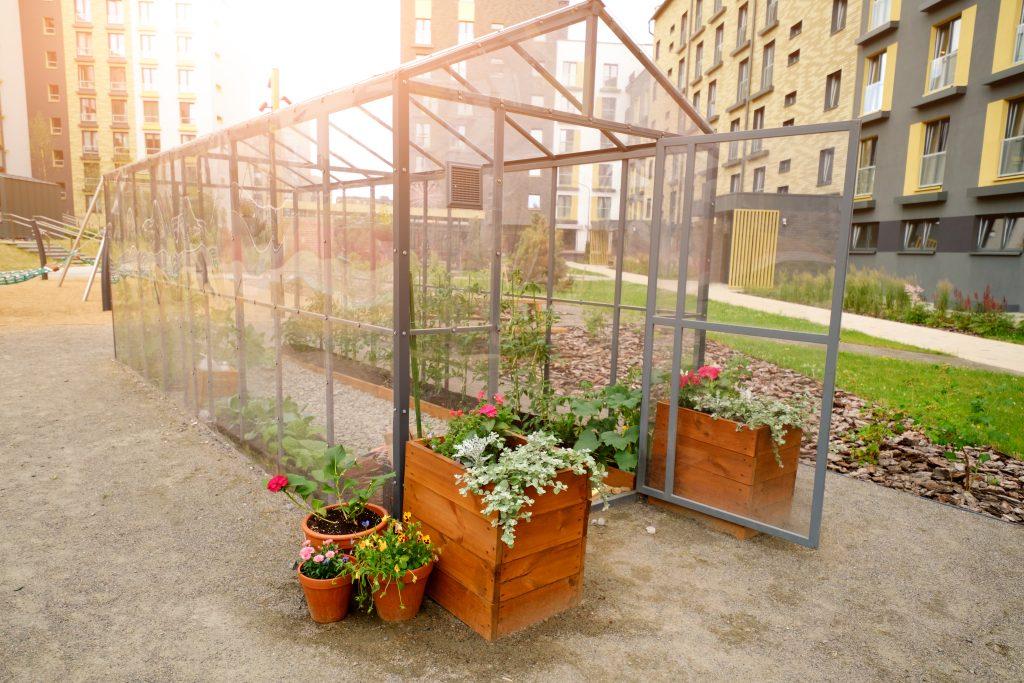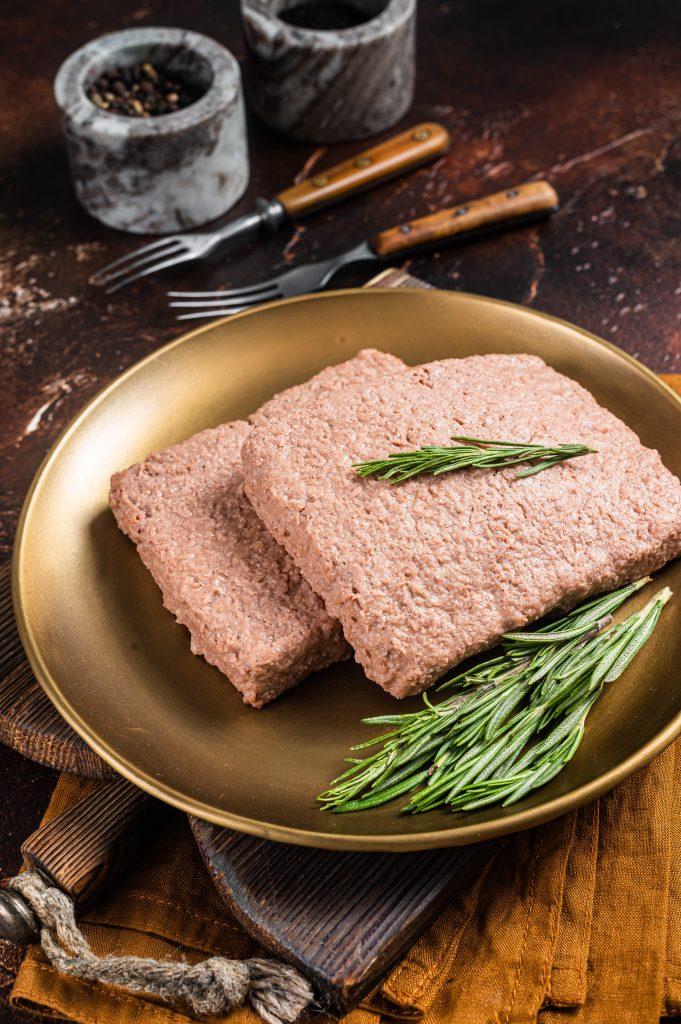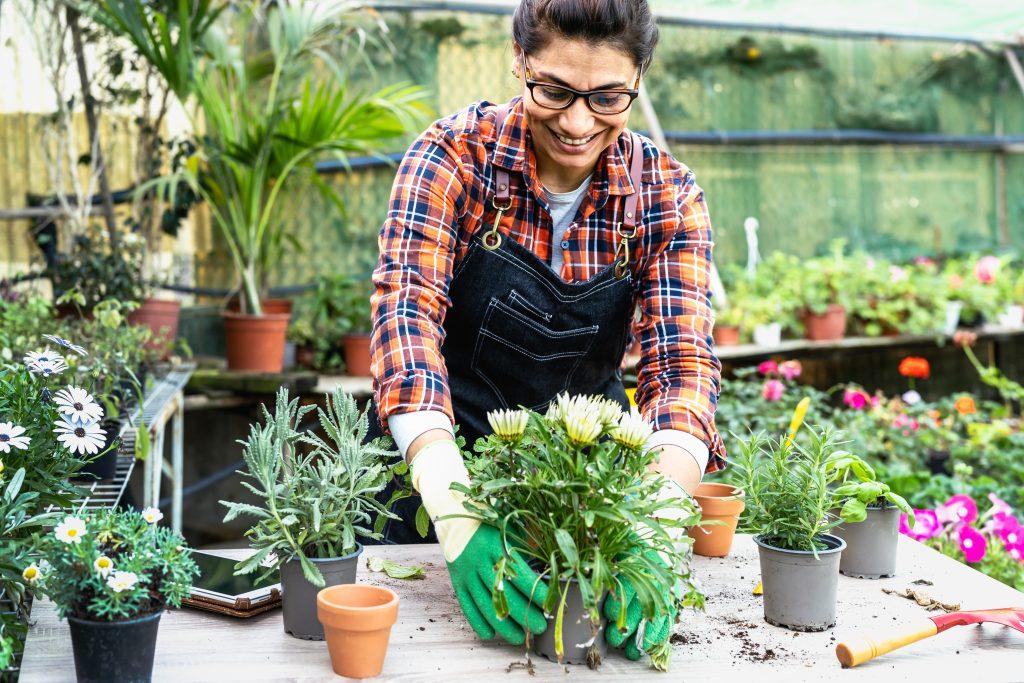Get Growing with a Backyard Greenhouse
Kristin Rodin
If you’ve ever wanted to upgrade your gardening set up, backyard greenhouses are the way to go. Greenhouses allow you to control many factors that affect plant growth, such as temperature, humidity, light, and disease and pest control. Because you can order backyard greenhouses from home improvement retailers or built from scratch, they’re an easy, customizable addition for your outside space. Here’s what you should know about backyard greenhouses and the best plants to grow in them!

Greenhouse Preparation and Maintenance
Because different plants require different growing needs, you’ll first need to decide what type of greenhouse to use. You can heat your greenhouse by either central or local systems, so the type of heater you choose depends on what your plants require. Unheated greenhouses provide shelter from outside elements but have less temperature and humidity regulation, so you’ll need to pay more attention to growing factors and structure maintenance.
Other control tools include thermometers and hygrometers. Often combined as a 2-in-1 tool, they measure temperature and humidity and can help you determine the best conditions for your plants. While humidity can be beneficial for a variety of plants and produce, be careful not to make your greenhouse too humid, as this can cause mold to grow. Don’t forget about the fertilizer, too!
Vegetables
While vegetables grow well in greenhouses, you should be mindful of which seasonal veggies you’re planting. Cool season crops – such as carrots, spinach, turnips, garlic, onions, and potatoes – are hardier and can withstand colder temperatures, making them suitable for unheated backyard greenhouses. Warm season crops are not frost tolerant and require warmer temperatures and more light. These include tomatoes, cucumbers, peppers, eggplant, and asparagus.
If you choose to use an unheated greenhouse, some experts recommend planting cool season crops around mid-autumn and warm season crops typically after the last seasonal frost. While heated greenhouses can provide year-round produce, you may have to cycle out your vegetables or experiment with the temperature to ensure it’s suitable for all plants.


Herbs
Herbs are adaptable plants that can grow both inside and outside, but greenhouses can help extend their growing season by providing protection from weather and pests. Though herbs are easy, experts recommend watering only occasionally and circulating air to prevent root rot and fungal growth, allowing plants to go dormant, and regularly pruning them to encourage growth.
Rosemary, sage, thyme, and bay are all warm weather herbs that will appreciate warmth in the winter, while dill, chives, cilantro, parsley, and basil are all cool weather herbs that don’t mind cooler temperatures. While mint is easy to grow, it’s an invasive plant and should be kept in a container rather than a raised soil bed.
For all the cat lovers out there, growing catnip in a greenhouse is easy as well! Just cover the plant with some wire mesh to prevent cats from rubbing and tearing the plant.
Flowers and Foliage
If veggies and herbs aren’t your thing, you can fill your greenhouse with ornamental plants such as flowers and foliage. We know foliage plants for their patterned, colorful leaves instead of blooms or produce and are common houseplants. To grow either of these in your greenhouse, make sure you pick plants that prefer warmer, humid environments. Geraniums, petunias, pansies, and orchids are just some flowers that grow well inside greenhouses. For foliage plants, consider growing elephant ears, monsteras, begonias, and ferns. When it comes to greenhouses, the sky’s the limit. With so many types of plants that thrive in greenhouses, you can customize this space to fulfill your gardening goals and flex your green thumb. Happy growing!


